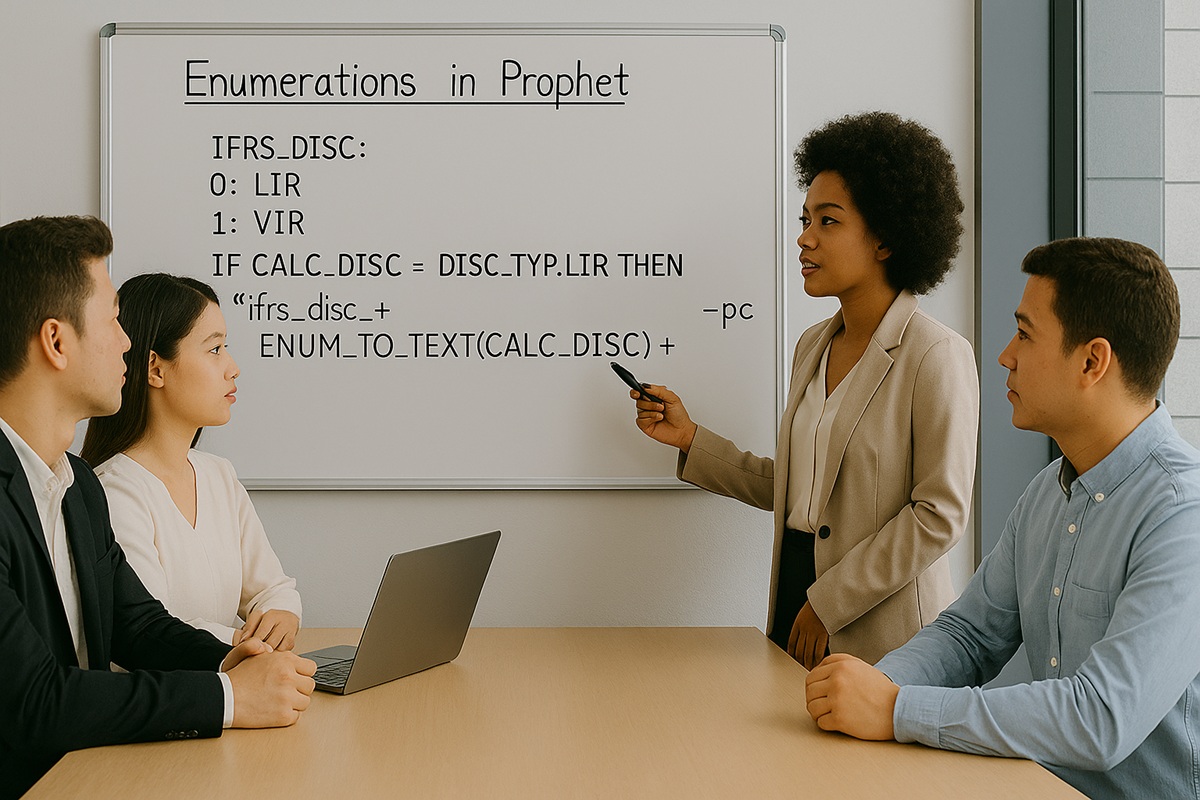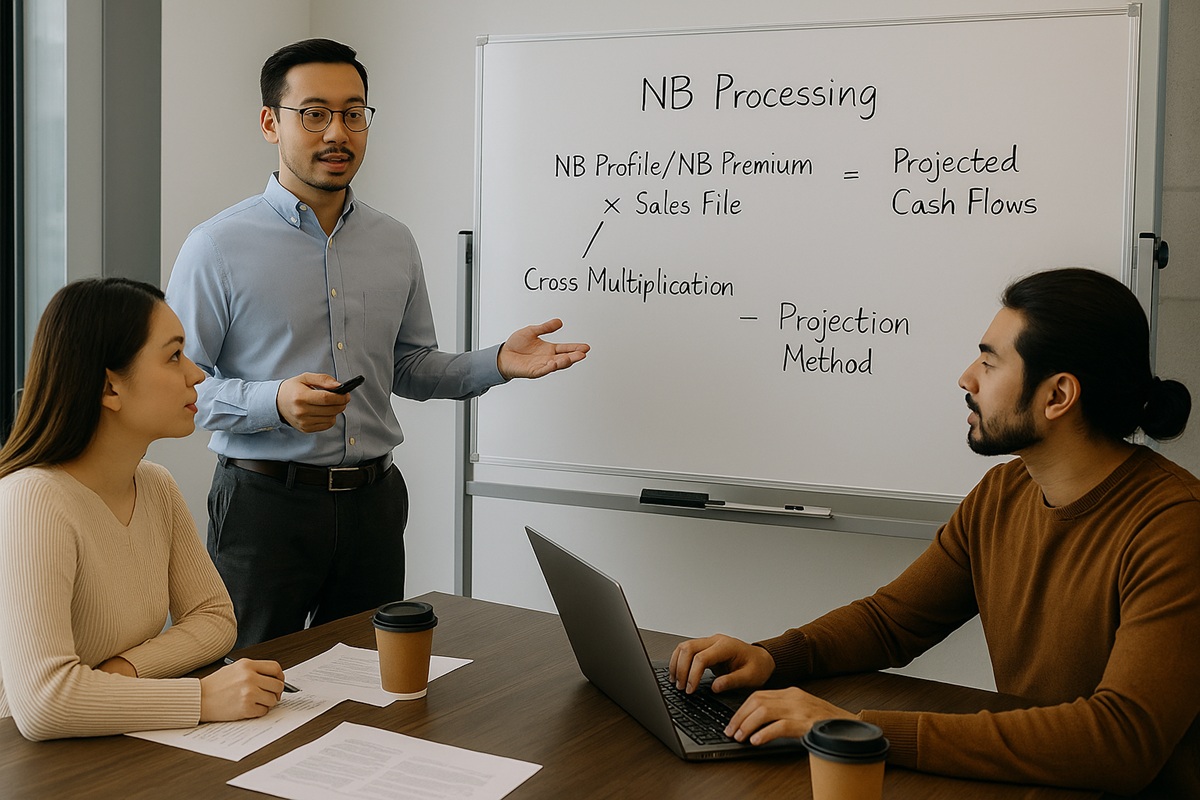Guide 5: Separate Mechanisms for IFRS17 Roll Forward and Budget
Before IFRS17 came into the picture, it was common (and perfectly reasonable) for Prophet users to use the same Prophet model for both monthly valuations and business planning exercises. Under the old regime, reserve calculations were mostly done on a seriatim basis—policy by policy—while profit projections at the fund level could be handled easily using spreadsheets. It worked well because the modeling requirements were relatively straightforward.
But with IFRS17, the landscape has changed significantly. The introduction of grouping requirements, particularly by Insurance Cohort Group (“ICG”), adds a layer of complexity that makes the earlier one-size-fits-all approach less suitable. For instance, the Contractual Service Margin (“CSM”) now needs to be rolled forward by ICG. And in monthly valuation exercises, we often include detailed Analysis of Change (“AOC”) steps that aren’t necessarily relevant for budget projections. Running these extra steps during budgeting adds unnecessary Prophet runs—and unnecessary processing time.
It doesn’t end there. Budget exercises often start before the current financial year closes. This introduces a special case where new business expected in the remaining months of the current year must still be added back into that year’s cohort. Trying to accommodate this within the same model logic used for valuations can quickly become messy and error-prone.
So, what’s the solution?
Rather than cramming both processes into the same set of Prophet libraries, consider separating them:
- Base Library – This is used to generate product-level cash flows as usual.
- Projection Library – A dedicated library set up specifically for the budget or roll-forward exercises. This library reads product cash flows from the base library and performs further calculations at the ICG level.
This separation allows you to tailor the logic and assumption handling for each purpose. If you’re familiar with Prophet’s RES or PROJ_RESULT functions, you can use them to read results directly from the base run and carry out projection-level processing accordingly. Just keep in mind that this might increase the run time slightly—but the clarity and flexibility you gain are well worth it.
By taking this modular approach, you’ll streamline maintenance, reduce confusion, and improve the transparency of your IFRS17 processes.



Pingback: Practical Guidance: Streamlining Prophet Models for IFRS 17 Reporting (4) - ACTBuilder